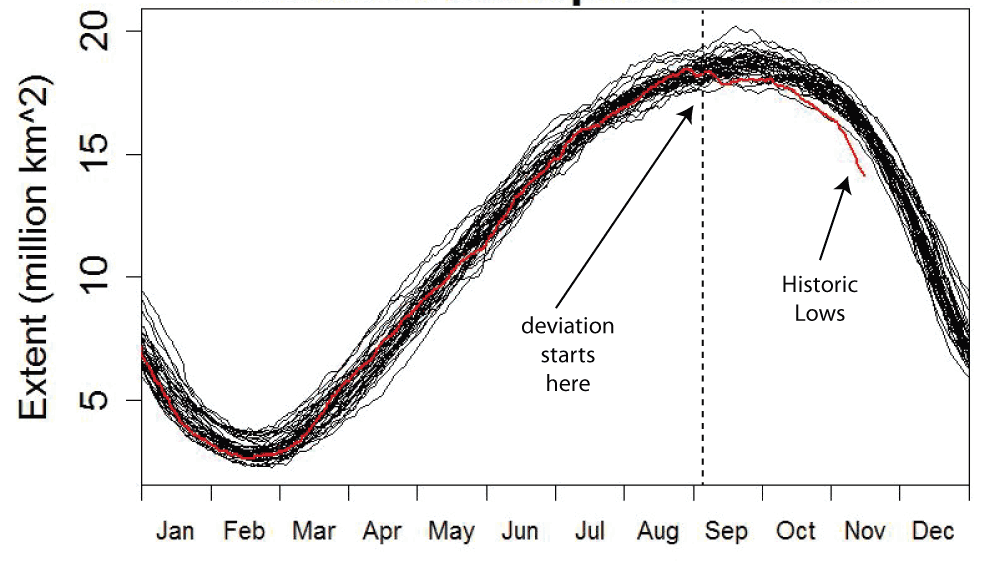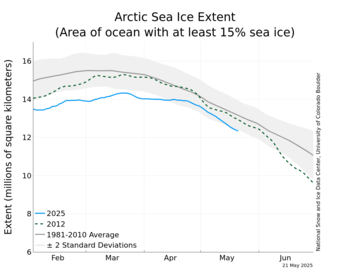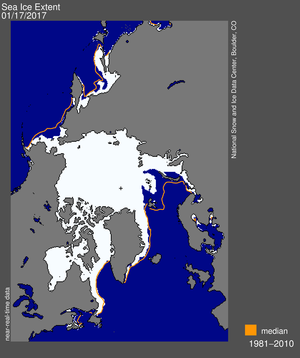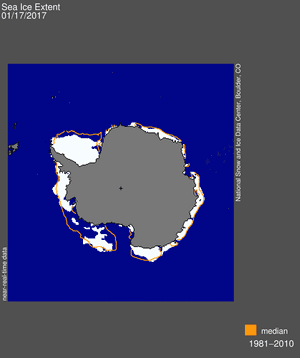Billy_Bob
Diamond Member
lolFor Nov. 27th JAXA has posted 12,318,519 km2 for SIE around Antarctica.
Down by 142,460 km2.
From NSIDC, the drop at Nov 26 was even bigger, -193K. The SIE isnow at 12,485 Mn km2 which is about a million km2 lower than 1986 at the moment.
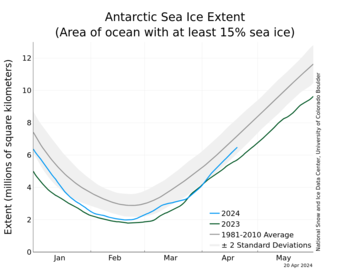
Still using failed data...NSIDC is not updated with corrected values yet.\
DMI has corrected the graphing:
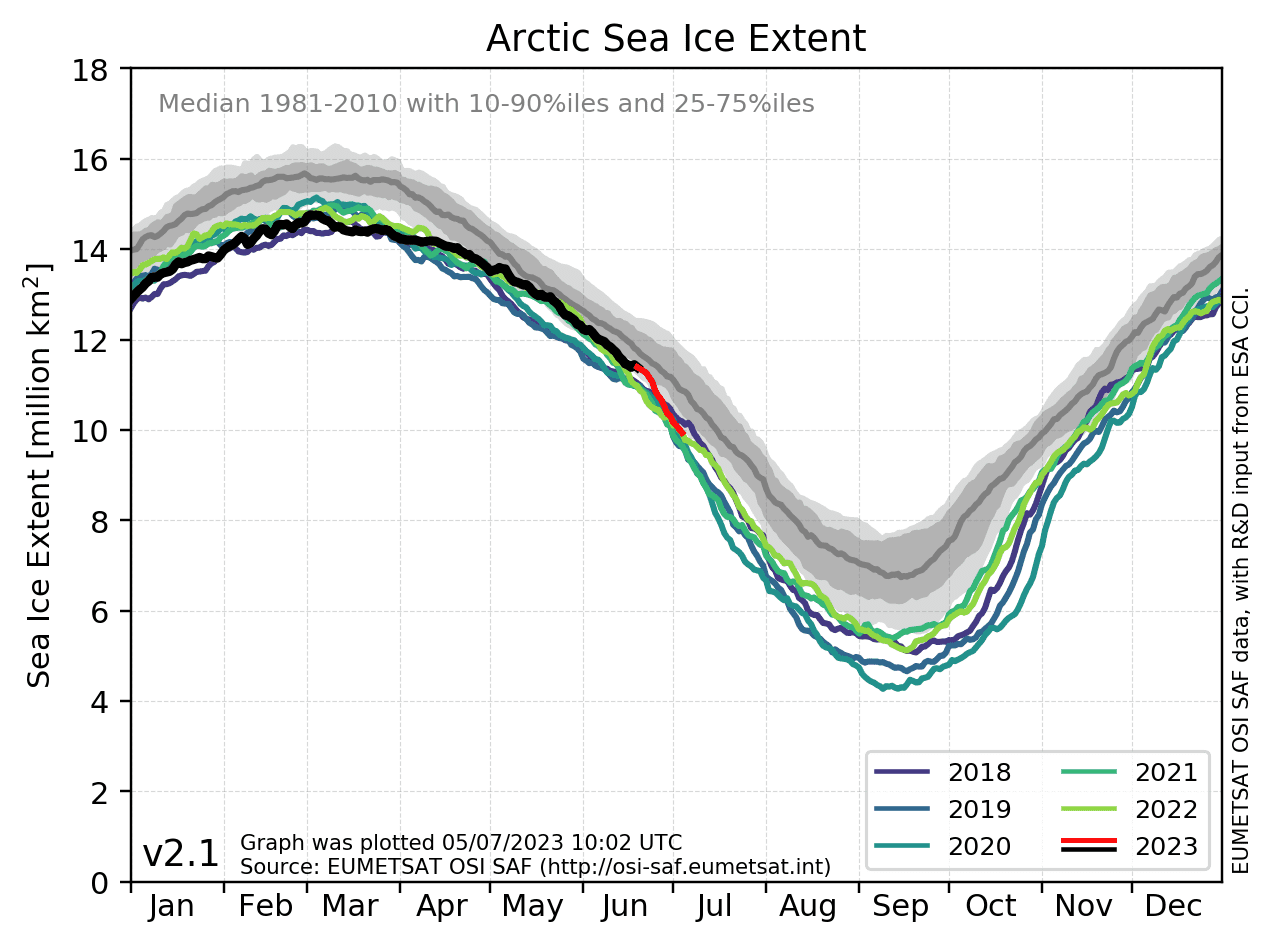
Last edited:



